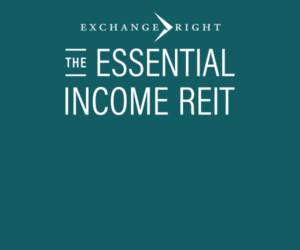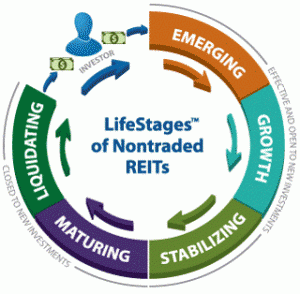Johnathan Rickman | Blue Vault
The universe of tender offer funds tracked by Blue Vault raised $8.63 billion in the second half of 2024, with the five largest fundraisers focused on private equity — expanding retail access to an alternative asset class popular with employers and large institutions.
Interval funds, a close cousin to tender offer funds, also invest in private equity, but with less fundraising vigor. Of the 74 active interval funds tracked by Blue Vault, only 12 focus on private equity, with just one raising capital at a level to match the top tender offer fund capital-raisers: Cascade Private Capital Fund at $784.52 million as of September 30, 2024.
Blue Vault’s alternative investment data includes coverage of 48 active tender offer funds. Of those, the five top capital-raisers in the second half of last year were all equity-focused, with the biggest fund-raiser, Partners Group, having been active the longest:
|
Tender Offer Fund |
Initial Offering Date |
H2 2024 Gross Capital Raise ($M) |
|
Partners Group Private Equity (Master Fund) |
July 1, 2009 |
$987.67 |
|
StepStone Private Markets |
October 1, 2020 |
$866.11 |
|
Hamilton Lane Private Asset Fund |
January 4, 2021 |
$784.38 |
|
AMG Pantheon Master Fund |
October 1, 2014 |
$772.69 |
|
Ares Private Markets Fund |
April 1, 2022 |
$730.87 |
Tender Offer Funds vs Interval Funds
Tender offer funds are continuously offered, unlisted closed-end funds. They provide investors with liquidity by periodically offering to repurchase a percentage of their outstanding shares at their net asset value. Unlike interval funds, which redeem shares on a regular basis, share redemptions for tender offer funds are subject to board discretion.
They are similar to interval funds in that they are popular with wealth advisors for their low investment minimums and relative ease of use. And both structures are popular with fund sponsors moving into private equity. The asset class makes it easier for sponsors to sidestep banking processes to raise capital, keeping them laser-focused on fund growth.
Further downstream, both structures are popular with defined contribution plans when packaged as part of a collective investment trust, or CIT. CITs are the wrapper of choice for the Defined Contribution Alternatives Association (DCALTA), an organization that advocates for the use of alternative investments within a defined contribution framework.
The use of private equity investments among employers is neither endorsed nor discouraged by federal regulators. However, the Department of Labor in 2020 released guidance on the subject and strongly urged vigilant due diligence among plan fiduciaries.
The Alts Advantage: Options
While the tender offer fund structure potentially presents less risk that a sponsor will struggle with redemptions compared to that of interval funds (discretion versus required liquidity), alts industry experts differ over which structure can best help defined contribution plans — and retail investors by extension — weather economic turbulence.
Some analysts, like Daniil Shapiro, Director of Product Development at Cerulli Associates, say the interval fund structure might be an incrementally better play for the defined contribution channel than the tender offer fund structure.
“Asset managers are evaluating using interval funds as a component of target date fund CITs to support the inclusion of private market assets in defined contribution plan fund lineups,” Shapiro said. “Interval funds are also likely to be a component of the alternative asset allocation models that managers and platforms like iCapital and CAIS are looking to build given their ability to support rebalancing,” he added.
Other analysts, like Seth Stuart, Co-Founder and Chief Strategy Officer at EventIntelligence.AI, a wealthtech provider, suggest looking at tender offer funds’ asset levels for those interested in using that structure. He cites the iDirect Private Markets Fund — which had about $890 million in assets as of September 30, 2024 — as his case in point.
However, based upon ease of use and familiarity, Stuart sees CITs and target date fund structures as the vehicles of choice with both interval and tender-offer funds as a first step until other structures are developed with regulatory approval.
The product pipeline for both structures is primed for continued growth. Since the start of 2025, there have been over 20 product launches for new interval and tender offer funds, according to XA Investments.1 There are now 143 unique fund sponsors in the interval and tender offer fund space, according to the Chicago-based firm.2
Note: Due to the different fiscal years and filing deadlines of tender offer funds, Blue Vault data in this story are taken from the most recently filed financial statements.
References
1 XA Investments via Citywire: Interval fund market hits new peak as new and established players ready launches











